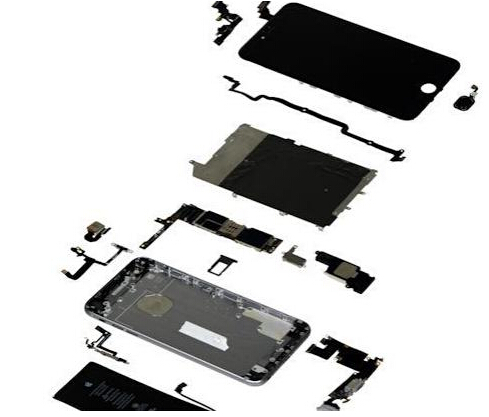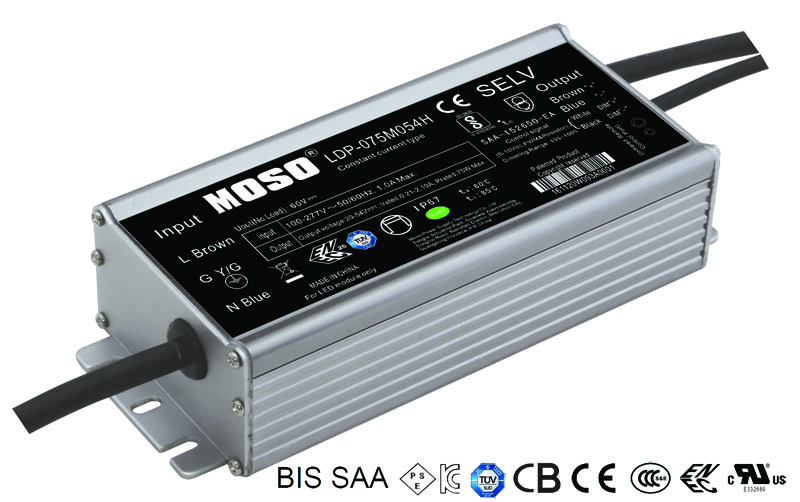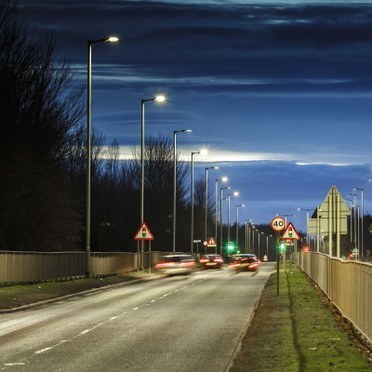Research firm IHS recently decomposed Apple's iPhone 6 and iPhone 6 Plus to assess its construction costs. They found that iPhone 6 parts and labor costs are as low as $200, while the iPhone 6 Plus is $216. Apple's labor assembly cost per new iPhone is only $4 to $4.5.
The iPhone 6 is priced at $649 to $849 per unit, and the larger iPhone 6 Plus is priced between $749 and $949. As storage capacity increases, the price of the Apple iPhone will increase by $100 to $200. But in fact, Apple's cost of increasing storage capacity from 16GB to 128GB is about $47.
As a result, the new iPhone with a storage capacity of 128GB has a profit margin of about 1% higher than the 16GB version, the new iPhone with a 128GB version has a profit of 70%, and the 16GB version has a profit of 69%. IHS analyst Andrew Rassweiler said: "From the perspective of configuration and pricing, Apple seems to encourage you to buy a higher-capacity iPhone." Lassler estimates that Apple adds one gigabyte of flash memory to Micron. Suppliers such as SK Hynix pay 42 cents.
Research shows that Apple's latest iPhone has similar profit margins to the iPhone 5, but more than other previous versions. When the iPhone 5 was released in 2012 and the iPhone 5s was released in 2013, Apple's gross margin was 69%. The same as the iPhone 5c released in 2012, the gross margin is close to 68%. Compared with them, the first-generation iPhone released in 2007 has a gross margin of only 55%.

The most expensive components on Apple's two new iPhones are touch-screen technology and displays. Apple uses LG monitors and Japanese monitors. The display on the iPhone 6 costs $45 and the iPhone 6 Plus costs $52.5. The iPhone 6's 4.7-inch display costs just $4 more than the iPhone 5s' 4-inch display.
Corning is still a supplier to Apple, and its Gorilla Glass is used to protect the outer layer of the display. Rasweiler specifically pointed out that Apple's two new iPhones use Gorilla Glass 3, which is the third generation of Corning. Many people have speculated that Apple may use sapphire on the outer layer of the display, using materials from GT Advanced Technologies. However, sapphire is only used to protect the main buttons and main camera of the iPhone 6 and iPhone 6 Plus.
The main processor of the iPhone is the A8, which is designed by Apple itself. Lasswell said the processor was produced by Taiwanese semiconductor manufacturer TSMC. TSMC is one of the few manufacturers capable of producing 20nm chips. Apple had previously used chips made by Samsung in South Korea, and it was abandoned due to fierce patent litigation between the two parties. The fight with Samsung forced Apple to transfer some of its chip production to TSMC. Lasswell said that TSMC produces 60% of chips for Apple, while Samsung still produces the remaining 40%.
IHS estimates that the A8 processor plus a coprocessor that helps handle many sensor information on the iPhone costs about $20. Lassler said: "The A8 is more powerful than the A7, but its size has shrunk by 13%." This is normal. When moving from one manufacturer to another, the chip size is usually reduced. They consume less power when dealing with the same amount of computation. In this case, Apple can add more calculations. Las Vegas said: "The 20-nanometer chip is a very cutting-edge new technology, and Apple has taken a big step while changing suppliers."
Apple's two new iPhones have added a new feature, which is to increase the near field communication chip, which supports Apple Pay, Apple's mobile payment system. Chip maker NXP is known for making near-field communication chips, while AMS's near-field communication chips increase signal range and performance. Lasswell said: "NXP is actually a supplier of almost all near-field communication chips on all mobile phones. AMS's chips have never been seen before."
IHS has classified near-field communication chips into the "user interface and sensors" category, with a total cost of about $22. Other chips in this category include Cirrus Logic's audio chip, the InvenSense accelerometer chip for mobile phones, and Bosch Sensortec's second accelerometer chip. Lasswell said: "Now we are not sure why Apple installed a second accelerometer on its new iPhone, which may be for added accuracy."
In addition, Bosch Sensortec offers atmospheric pressure sensors that monitor altitude. Other vendors include chip makers Broadcom and Qualcomm, which supply Wi-Fi, Bluetooth, networking and power management chips.
MOSO provides a wide range of IP67 Outdoor LED Driver supporting 0-10V, PWM, resistor and DALI dimming from 25W to 320W. All MOSO led driver for street lighting use aluminum metal case and are fully glue-potted for good dissipation. Surge protection is also built in outdoor led driver to protect street lights from lightning.


To meet different demand from different market, MOSO developed several series outdoor led driver supporting 108-305Vac, 90-305Vac, 249-528Vac different input ranges and got global certificates like CE, TUV, UL, ENEC, SAA, BIS, KC, etc..
MOSO has set several distributors in Europe, United States, Latin America, Asia and Australia. All MOSO outdoor led driver provide 5 years global warranty. In case of any failure, customers can get replacement either from MOSO directly or any one of MOSO distributors.
MOSO always dedicates to providing professional outdoor lighting solutions. Please feel free to contact our sales team if you need any support!
Street Light LED Driver,Outdoor LED Driver,Waterproof Street Light LED Driver,Quality Street Light LED Driver
Moso Electronics , https://www.mosoleddriver.com